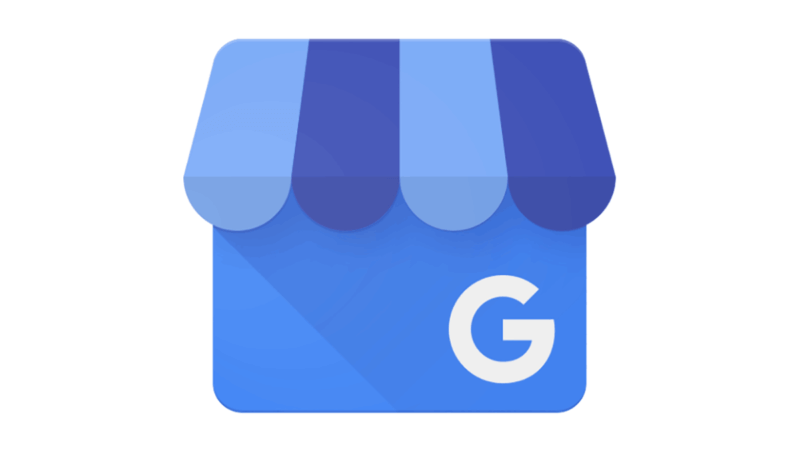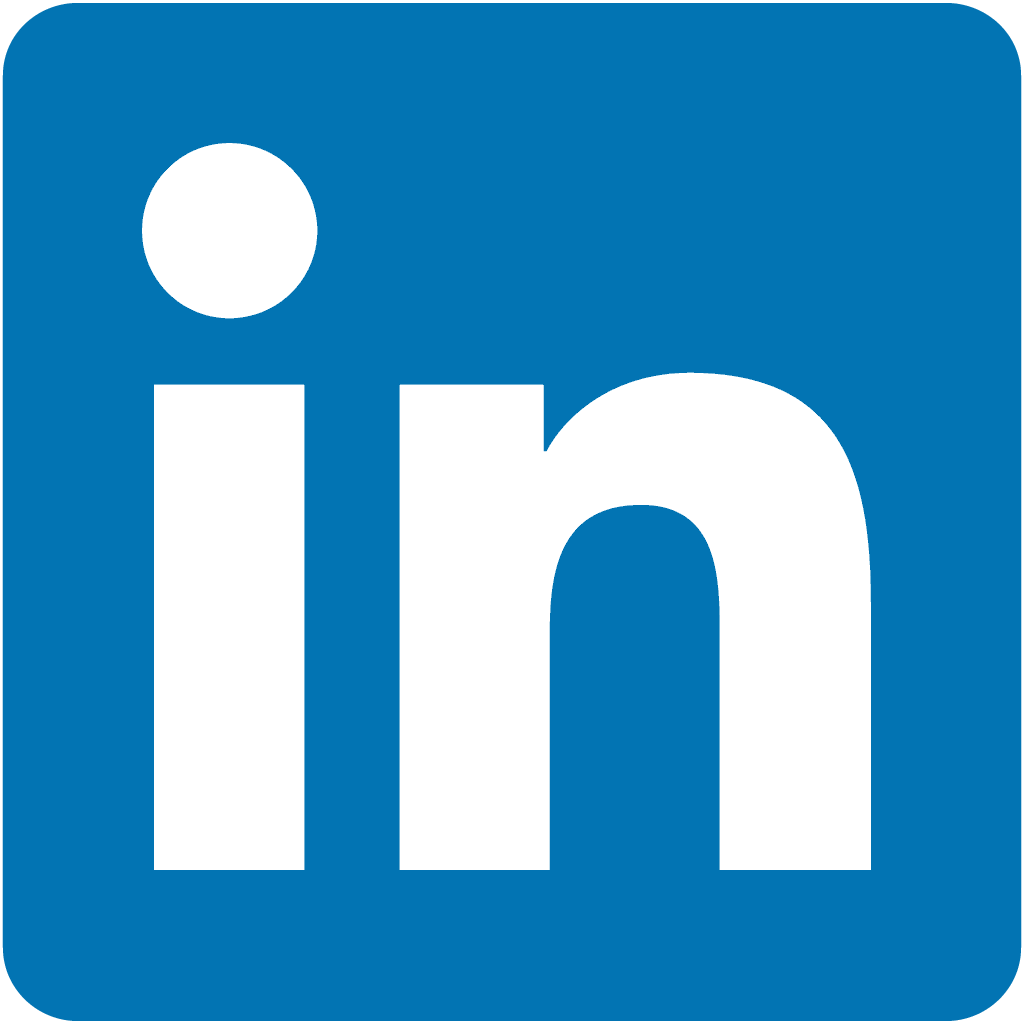I Built a Fitness Management Software That Makes $60K/Month
Hello! Who are you, and what business did you start?
Hello guys! My name is Katherine Barlow, and I’m the co-founder of Wellyx. I started a cloud-based management software for the wellness and fitness industry in 2015.
We provide management and marketing solutions to gyms, spas, dance studios, salons, yoga studios, and other fitness businesses. Our fitness management software is an all-in-one solution that streamlines operations, simplifies bookings, and cuts costs to maximize gains. We are making $60k per month right now and hoping to touch $150k by the end of the year.
What's your backstory, and how did you come up with the idea?
I’m a fitness enthusiast who loves trying new techniques, tools, and strategies. The idea of building fitness software struck my mind while I was managing a local health club in London.
We were looking for software that could help us manage stock and smooth operations while catering to our marketing needs. But after trying multiple software, I was more than frustrated; I was upset. That’s when I decided to build a wellness software of my own.
I discussed the idea with my close friends, and one of them referred me to a full-stack developer for further discussion. And just when I was looking for the man of the hour, I found our lead developer. The person was a seasoned developer with 7 years of industry experience and has expertise in developing SaaS platforms.
I was aware of the difficulties and challenges that health clubs face on a day-to-day basis. We also did an opportunity gap survey to identify their needs and what they’d like to have in a management tool.
At that time, there was no good online booking or client management tool for health clubs. The ones that I got my hands on were offering limited features and required integration with other tools. In a nutshell, the industry was lacking an all-in-one fitness management tool that could help them with operations, marketing, and sales.
Since I have been through the same, I knew the product we were building was going to work. Still, I took my time to validate the idea by conducting a survey further to understand the pain points of business owners and managers.
Talking about the financials, I had savings and was making enough, so I didn’t look for startup funding. I had enough finances, but in the end, I was out of pocket and closer to breaking the bank.
I realized it would take more time and money to develop all desired modules. Our business analysts kept suggesting new features, and after a few months, it felt like we had lost track of things. So, we switched gears, paced things up, and started looking for ways to reduce costs.
To do so, we cut some corners and decided to develop what was necessary, leaving some advanced modules like marketing for later versions. Luckily, we made it through, and it turned out to be a great success.
The software worked beautifully, and we went from using five tools to one, which resulted in saving time and money.
Take us through the process of building the first version of your product
I was looking for a complete solution for my gym, so our primary focus was on fitness centers. But I wasn’t aware of the technicalities and resources that were required for the process.
As mentioned earlier, I employed a mutual connection to start developing who did most of the hiring. So, I was relying on our senior resource for the technical (development) team hiring. We started with a team of 5 people, including a UX designer and a team of developers. By the time we built the first version of Wellyx, there were 80 members in our work family. What’s amusing is that we had not launched the first version by then.
We hired the frontend and backend developers as well as the QA (Quality Assurance) team for our software testing. Additionally, we established the Business Analyst team and onboarded experienced staff to assess market needs and features’ feasibility.
To manage resources and streamline the development workflow, we integrated Jira with Google Workspace.
In the first version, our main focus was on streamlining the operations and ensuring online bookings while improving our user interface.
First Version of Wellyx

While our business analysts were exploring the most sought-after features, our sales team was working on the pricing strategy. I had a good idea of fitness management software and its prices, which came in handy. Meanwhile, we did some experiments with our website’s UX and web design.
Second Version of Wellyx

Our current web design displays how Wellyx can help businesses improve their operations and sales. We are working on a newer version as well to turn our website into a sales funnel.
Current Web Design

Describe the process of launching the business.
We released the first version in 2015 after one year of designing, coding, and testing.
I integrated it with my fitness center, and it turned out to be a breath of fresh air. Wellyx helped me manage inventory, memberships, class scheduling, and online bookings through automation. The software worked beautifully, and we went from using five tools to one, which resulted in saving time and money.
The next step was to market it to other small fitness businesses like ours. We didn’t spend much on marketing at the start and only relied on networking. I utilized my networking skills and urged local gyms to give it a try.
I approached everyone who was on my contact list (about 35 fitness centers, to be precise) and urged them to try Wellyx. While the initial response was encouraging, only a dozen agreed to give it a go, and 11 of them are still using it.
To encourage more fitness centers, we followed the “Freemium Model” and offered them a 1-month free trial of Wellyx. Once they had tried our software, it wasn’t hard to convince them to keep going. We were offering a free trial because we knew how good our fitness management software was. Once they tried it, they were hooked; the icing on the cake was the pricing, which was comparatively low.
We were generating sales and revenue in the second month, but we used the strategy to test our product and fix bugs.
The strategy worked to some extent; we received positive feedback and were able to fix minor software errors. Of course, this further improved the product and boosted our confidence in what we’ve built.
Since launch, what has worked to attract and retain customers?
We started getting traffic and sales after finalizing our SEO (search engine optimization) strategy. Our in-house marketing team worked on a comprehensive strategy involving both organic and paid (PPC) SEO.
The PPC campaign helped us with brand awareness and generated much-needed early leads. We were able to convert most of them, and they are still first loyal customers.

Along with PPC, we integrated email marketing into our strategy to boost sales and memberships. It generated good results, and we’ve been using SendGrid for cold emailing for over 5 years now.

We focused on targeting business decision-makers such as fitness club owners and managers. The strategy has been working well so far, considering industry standards and even the open and click rates are great.

Another marketing experiment that we did to boost leads was sending automation emails. It didn’t work our way, as we received mixed responses.
The biggest hurdle for us was that our automation emails were going into the spam folder. Of course, this resulted in a low open rate and reduced CTR (click-through rate). One major mistake that our marketing team made was generalization, as they failed to customize the messages.
So, if you are thinking of sending the same email to hundreds of people, I wouldn’t recommend it. Instead, focus on sending personalized emails to the target audience, even if you are doing cold emailing.

To diversify our marketing channels and try a new email strategy, we recently got on board with Mailchimp. The tool allows us to set up an email campaign, providing detailed insights into previous campaigns, and so far, it’s generating good results for us.

Mailchimp also provides detailed insights about a campaign, allowing you to visualize data in real-time. We found it useful because this marketing tool lets us automate follow-up emails based on the receivers’ actions.

How are you doing today, and what does the future look like?
I’m pleased with the overall performance of Wellyx in terms of online traffic and memberships. The software has around 200+ loyal annual users, and we are closing new deals almost every month. We have three different pricing plans based on the features and clients’ business needs.

We are continuously driving traffic and leads through cold emailing, SEO, and PPC advertisements. Our monthly organic visitors reach is around 21k with 1.1 million impressions, which is great for a B2B SaaS website.

Our development team has also built mobile applications for both Android and iOS platforms for the ease of businesses and their customers. We took this decision based on the market standards, as the SaaS industry was moving towards mobile apps. Also, our clients were demanding this feature as a smartphone app provides easy access and further facilitates their customers.
Furthermore, we are allowing fitness centers to integrate their physical business and online websites, enabling them to manage clients in real-time.
Right now, I’m more focused on expanding and improving our customized SaaS products for individual industries. We’ve launched gym management software specifically for gyms with all pro features.

Similarly, we have developed dance studio, salon, spa, and yoga studio management software that business owners can get with customized features.
The reason behind developing customized management software for fitness and wellness businesses is their nature. No two are the same, as the needs of a yoga studio are different than those of a salon or spa. We were receiving customization requests continuously from our clients, and the business analysis team was suggesting the same.
So, it was kind of a marketing move on our part to develop different management software for selected businesses.
As for our long-term business strategy, we are trying to turn Wellyx into a true all-in-one management solution. For this, we have introduced inventory management, online booking, scheduling, and loyalty program features. We have recently added the access control feature and are now trying to incorporate email marketing solutions.
Through starting the business, have you learned anything particularly helpful or advantageous?
Running a business is all about trying new things and learning from your own mistakes. I still think we should have gone for email and paid marketing earlier to cover a wider audience. But again, I was not that much confident in my product back then.
The pandemic was hard on us as it halted our growth and hurt our marketing ambitions. That was a rough patch; sales were dropping, but we used that time to improve our fitness management software.
One of the good decisions that I’ve made is getting an in-house marketing team. We have a dedicated SEO team, copywriters, social media experts, and email marketing strategists. This has helped me understand how different marketing approaches can be utilized to accelerate traffic, leads, and sales.
Don’t jump onto the bandwagon unless you truly understand the industry, and even then, do your research.
What platform/tools do you use for your business?
WordPress was our first choice as a content management system, which is working well for us. However, we have custom-developed the theme using Adobe to improve our UX and overall website speed.
We are using Microsoft Azure for cloud computing, and to further improve performance and strengthen data security, we are utilizing Cloudflare.
Talking about the programming languages, we used Angular for front-end development due to its responsiveness and cross-browser compatibility. For backend development, we preferred the .NET framework as it’s more secure than PHP and faster.
We have used both SendGrid and Mailchimp for email marketing campaigns over the years.
But to further automate the process and empower our customers, we have developed our own email marketing tool.
What have been the most influential books, podcasts, or other resources?
I enjoyed reading “The Lean Startup" by Eric Ries, whereas "Zero to One" has helped me through my startup journey.
"Steve Jobs" and "The Innovator's Dilemma" are great for someone who is into new technologies and their impacts.
I also liked listening to "StartUp Podcast," "How I Built This," and "The Tim Ferriss Show."
Advice for other entrepreneurs who want to get started or are just starting out?
My advice for first-time founders and newbie entrepreneurs is to understand the market first. Don’t jump onto the bandwagon unless you truly understand the industry, and even then, do your research. If you have the expertise and experience in a niche and find some gaps, act immediately.
In my opinion, user-centric software solutions are the future because the world is moving towards automation. But pay attention to resolving the pinpoints of your customers, ensuring data security, and offering exceptional customer support.
As a SaaS entrepreneur, I believe subscription-based pricing and a commitment to staying innovative are also crucial for success. Once things start going your way, keep an eye on the competition to add features that your SaaS product is missing. But don’t emphasize it too much.
Entrepreneurs often get busy making their products perfect and forget to concentrate on marketing. You cannot make something great without getting feedback from end-customers, i.e., your customers. So, once your product is ready, market it, get feedback, and improve it along the way.
One thing that worked for me in the start was multiple-platform marketing, both organic and paid. We run PPC ads on Google and Meta ads on Facebook and Instagram to target a curated audience. I also used influencer marketing to entice gym and dance studio owners to try my fitness management software.
However, you should focus on platforms where your ideal target audience spends time and likes to explore content. If you have a SaaS product for corporate professionals, LinkedIn and X (Twitter) can generate great results.
Where can we go to learn more?
We are active on Facebook, X (formerly Twitter), and Instagram to assist businesses. You can read more about Wellyx on our blog, LinkedIn, and YouTube, or email us at sales@wellyx.com.

Download the report and join our email newsletter packed with business ideas and money-making opportunities, backed by real-life case studies.

Download the report and join our email newsletter packed with business ideas and money-making opportunities, backed by real-life case studies.

Download the report and join our email newsletter packed with business ideas and money-making opportunities, backed by real-life case studies.

Download the report and join our email newsletter packed with business ideas and money-making opportunities, backed by real-life case studies.

Download the report and join our email newsletter packed with business ideas and money-making opportunities, backed by real-life case studies.

Download the report and join our email newsletter packed with business ideas and money-making opportunities, backed by real-life case studies.

Download the report and join our email newsletter packed with business ideas and money-making opportunities, backed by real-life case studies.

Download the report and join our email newsletter packed with business ideas and money-making opportunities, backed by real-life case studies.




























